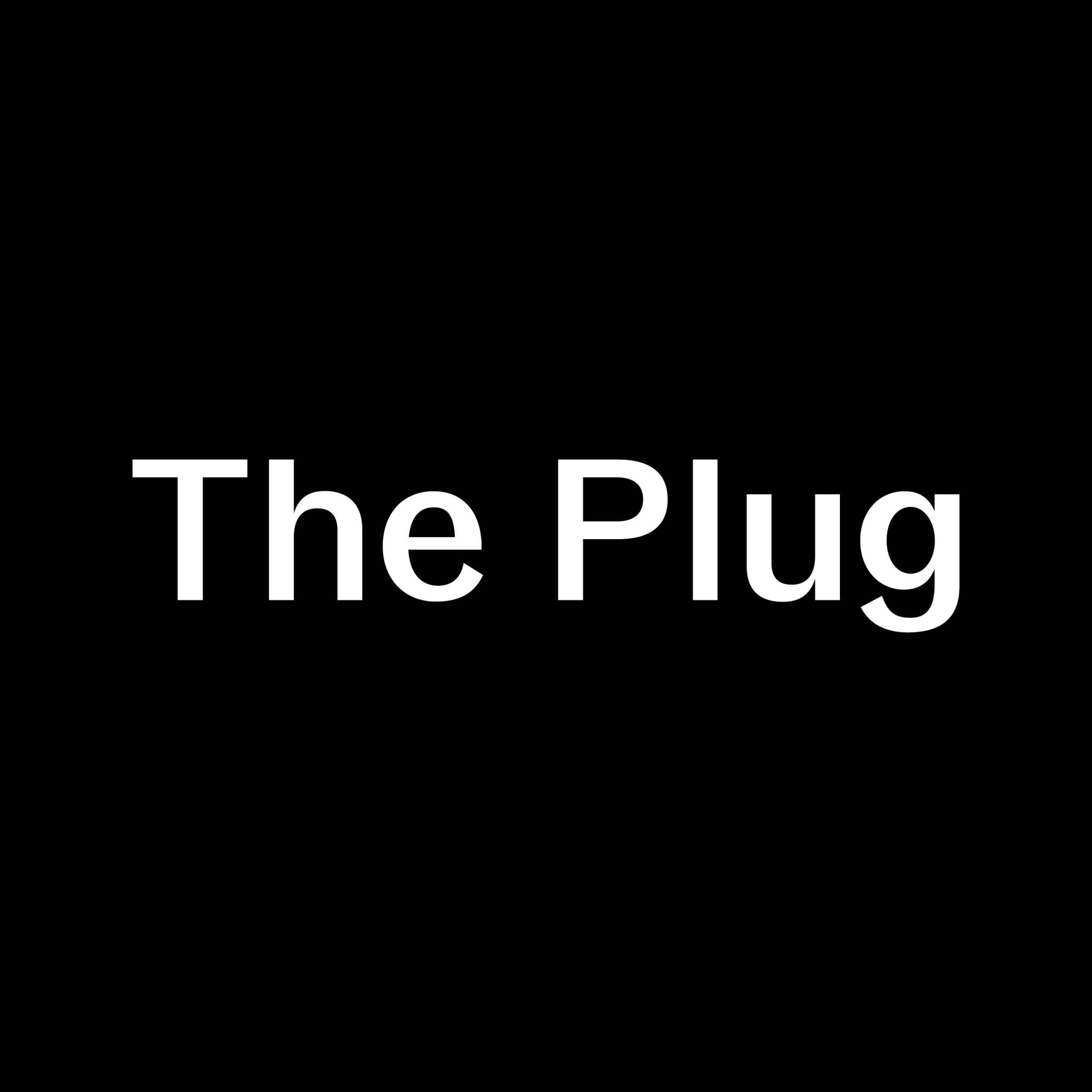KEY INSIGHTS
- Thirty-eight percent of African Americans report they lack home internet access, compared to 23 percent of white Americans.
- The United States Department of Agriculture (USDA) offers up to $1.15 billion in grant and loan broadband access.
- Congress is implementing broadband funds to improve network connectivity through 2022-2026.
The U.S. is about to get $65 billion for broadband funding thanks to the $1.2 trillion Build Back Better law recently passed in Congress. However, additional broadband funds bring more questions to community aid and distribution. Some broadband programs are working to encourage more rural broadband services for Black Americans.
According to a Joint Center report, Black rural Americans are hit the hardest in broadband access. In the Black Rural South, 38 percent of African Americans report lacking home internet access. By comparison, 23 percent of white Americans in the Black Rural South and 22 percent of African Americans nationwide and 18 percent of all Americans nationwide do not have access to the internet.
A lack of options or resources for rural Black Americans are to blame. Federal Communications Committee (FCC) data indicates that for Black rural Southerners, 25.8 percent of residents lack the option to subscribe to high-speed broadband (internet at speeds of 25/3 Mbps or higher), compared to 8.8 percent of non-southern rural residents and 3.8 percent of all Americans.
Broadband services are expensive, according to a Pew report. The report estimates that U.S. households making less than $35,000 are much less likely to have broadband. Low-income households account for 28.6 percent of all households nationwide, but 60.8 percent of Black households in the Black Rural South.
In 2018, Congress passed the Consolidated Appropriations Act, which established the broadband loan and grant pilot program, ReConnect. Earlier this year, USDA codified the program’s policies and procedures in a published ReConnect Program Regulation, which can significantly help Black rural south in broadband access and open more opportunities.
“Broadband can help close the digital divide between rural and urban communities,” Deborah Brumfield, Public Information Officer of The United States Department of Agriculture (USDA) told The Plug. “Broadband is crucial for increased health, educational and economic opportunities, as well as for job and business creation and growth.”
The ReConnect Program provides loans, grants and loan-grant combinations to bring high-speed internet to rural areas that lack sufficient broadband access. Program funds can be used to cover costs of construction, improvement or acquisition of facilities and equipment broadband service needs. The areas must be rural and 90 percent of the households in the area must lack broadband service.
The program usually offers grants of $100,000, but applicants can apply for funds up to $1.15 billion in loans and grants. USDA will soon release a new Notice of Funding Opportunity to make the additional funds in the Bipartisan Infrastructure Law available in 2022.
This funding is not included with the Build Back Better law’s $2 billion infrastructure. Instead, that amount will go towards USDA’s Rural Utilities Service (RUS) ReConnect program’s updated provisions of at least 50 percent of households to be served by a funded project located in a rural area that lacks broadband service at speeds of 25/3 Mbps.
Additionally, ten percent of the funding must be made available in areas in which 90 percent or more of the households lack sufficient broadband access. Finally, the projects must build networks that provide broadband service at 100/20 Mbps speeds.
Other government programs will get extensive overhauls of broadband funds.
Congress is currently enhancing the Emergency Broadband Benefit (EBB) program, reimbursing participating providers up to $50 per month, created in early 2021 in the Consolidated Appropriations Act, that authorizes relief bills for COVID and other issues. Congress is putting $3.2 billion to keep the EBB program permanently. This program is solely for addressing the challenges of affordability of broadband internet access services, primarily providing recurring monthly subsidies to consumers in the form of discounts on their monthly bills, as well as one-time subsidies for connected laptops and tablets.
New legislation is putting $1 billion in 2022-2026 to subsidize up to 70 percent of the construction, improvement or acquisition of middle-mile broadband. This network infrastructure connects local networks to other network service providers. This plan reduces the cost of last-mile services and strengthens network connections from single points of failure in the network.
The new program will fund wireline or “private” wireless broadband infrastructure, such as leased dark fiber, point-to-point circuits to data centers towers and microwave links. The infrastructure must provide 1/1 Gigabit service to anchor institutions and interconnected entities within 1,000 feet of the middle mile infrastructure and be deployed within five years of being funded absent an extension.
Although the funds are going to emergency and emerging broadband services, distribution of the funds is a work in progress as agencies pinpoint the most needed areas. These funds will greatly improve Black rural broadband service and revitalize healthcare and other community needs.








